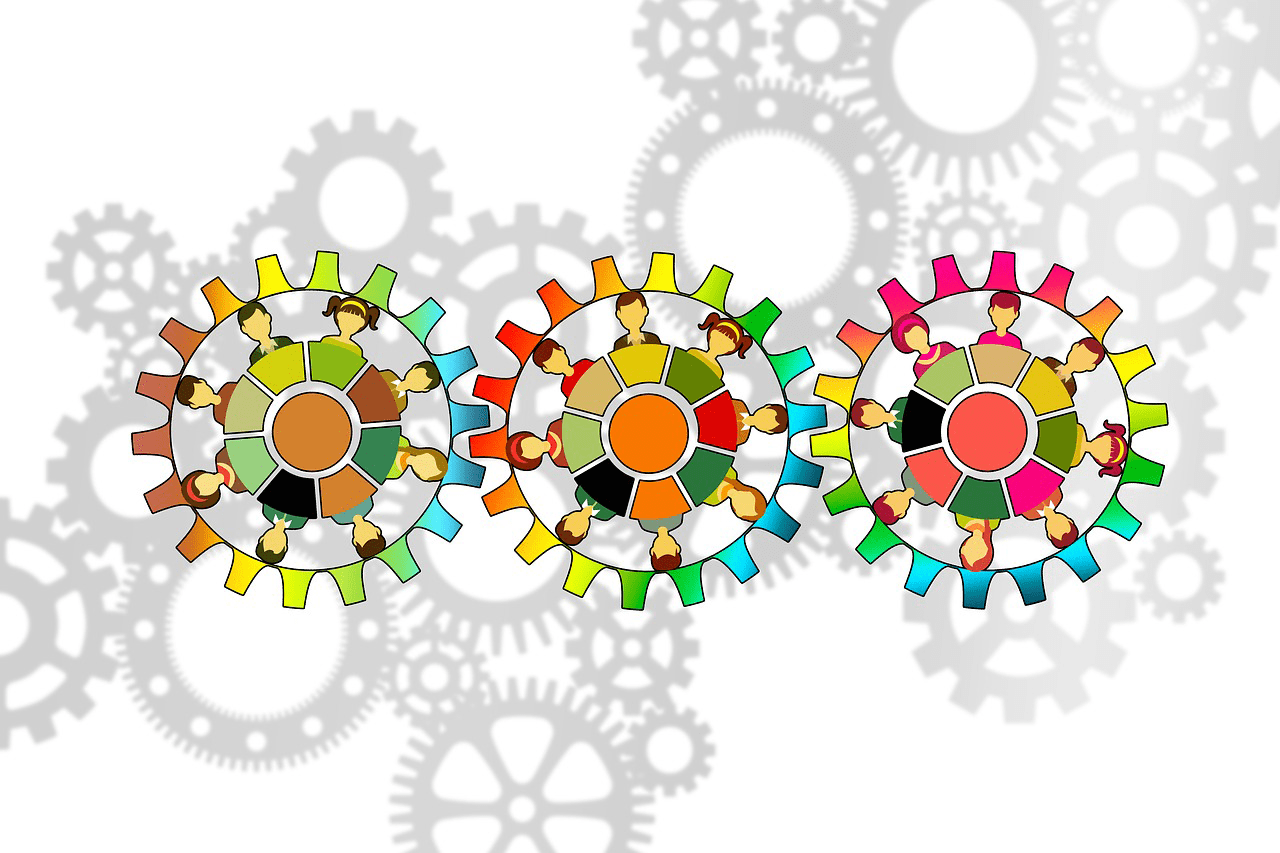Learning to manage an Agile Work Team is not easy. For many companies, becoming more “agile” requires a significant change in the way leaders and managers seek success.
The frameworks of managing projects established as Agile are too often considered as models to copy and paste. But if you really want to work fast, deliver the results in time and achieve the goals, you need to adapt the Agile method to the team.
How an Agile team works
[av_notification title=” color=’green’ border=” custom_bg=’#444444′ custom_font=’#ffffff’ size=’large’ icon_select=’no’ icon=’ue800′ font=’entypo-fontello’ av_uid=’av-wxc55d’]
An Agile team is an inter-functional group of autonomous people. The people in the group can deliver the product without having to rely on expertise outside the group.
[/av_notification]
CONTENT INDEX
It is indeed a “complete team“. It does not need anything and nobody more in order to carry out the activities.
Agile management has been developed as an alternative to the traditional project management, directed towards an important and unique final result.
The Agile methodology, on the other hand, reduces the goals to different (sub)independent products that can be developed and released quickly.
The two main styles of management of the Agile project are Scrum and Kanban. Both use a tab to view the activities in columns that represent the tasks that have to be done, those in progress and those that have been completed.
There are some features that define an Agile workflow:
- Daily stand-up: a daily meeting in which contributors and managers discuss the work carried out the previous day, the activities planned for the day, and all the questions that arise.
- Sprint: short intervals in which the products are planned, developed, reviewed, and released. They are projects within the projects.
- Periodic and retrospective reviews: an Agile team manages itself, but there are integrated measures to ensure that work is delivered with consistent quality. Periodic reviews take place before activities are completed.
With short intervals of tasks and demanding schedules, an Agile workflow requires a coordinated team.
The roles must be fairly assigned so that people know exactly what they need to do at any time, but flexible enough to allow people to take the initiative and exceed expectations.
The roles within an Agile team
Since an Agile development team must be “everything”, it is important to have the right and defined roles in the group. The most common Agile team roles are:
- Team Leader. If you are using the Scrum method, this role will be the Scrum Master. The focal point of this figure is to facilitate the work of the team. The Team Leader or Scrum Master is responsible for finding resources for the team and ensures that team members can work safely with everything they need, allowing them to go ahead and do a great job.
- Product owner. This role is more or less similar to a project sponsor in the case of non-Agile projects. This is the person who represents the interests of the client / stakeholder, ie the person who will own the product on which the Agile team is working.
- Team member. Any person who is part of the team and / or has something valuable to make in order to successfully complete the deliverables.
- Tester. Since much of the Agile work is still done in the IT world (Information Technology), software testing is still an important part of the Agile teams. Even in non-IT teams, a figure that can act as a tester could be useful. Because Agile projects are provided incrementally, the test is very important.
On larger teams or specialized products the following figures may also be present:
- Experts in technical sectors or in other sectors. They may not be entirely part of the team and could be released as needed to support the core team.
- Architect. The role of the system architect is to ensure that the solution fits into the scope and fits into the rest of the corporate architecture.
Building the Agile team on a solid foundation
Once the team is chosen and structured, it is important to remember that agile teams are like individuals: they need time to grow.
Agile teams go through four key phases as they develop:
- Forming: at this stage a very high level of leadership by the project manager is required. Individual roles are still unclear and the processes have yet to be established.
- Storming: here we begin to understand how the team’s decisions are made, the purpose is clear but the relationships within the team are still confused
- Norming: relationships are now well understood within the team, a general commitment is made to achieve the goals and process optimization begins.
- Performing: in this phase the team is at the peak and has reached maturity, therefore it needs little surveillance.
When a change is introduced, such as a new hiring, retirement of a member, etc. The team returns to the forming phase while absorbing the change.
Two pillars that characterize the great Agile teams
- Continuous Mentoring. One of the great advantages of working in a team is that colleagues learn from each other and help each other. Mentoring is not just an activity for junior members who learn from senior members. All team members learn from each other so that the impact of the team as a whole is greater than the sum of the impact of individual members.
- Shared skill sets. Shared skills unlock the power of the team to deal with heterogeneous work. Whatever the role, it is always important to learn new skills because it makes an individual more valuable for the organization and better equipped to support the other. This way, team members will always discover new and better ways to perform tasks. This factor will bring forward not only the project, but the entire organization.
Ultimately, the people of an Agile team count as much as the structure and plan of a project.
If people have been addressed and assigned to roles in which they can excel and establish clear standards that make them responsible, it will be possible to obtain not only better products and results, but a team and an organization that improves measurably with each project.




